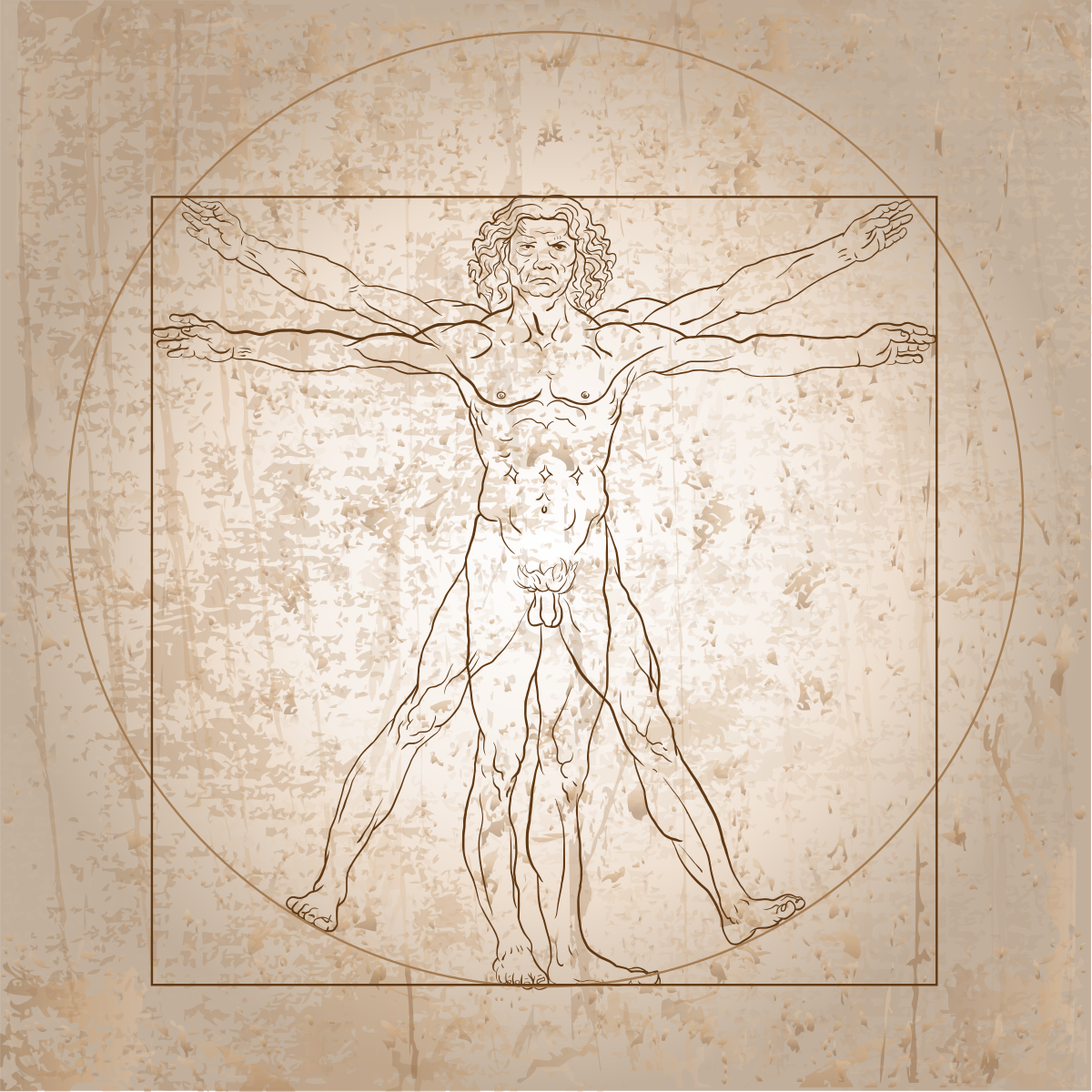The Biotech-Industrial Complex Gets Ready to Define What is Human
By Stuart Newman,
CounterPunch
| 08. 16. 2019
Newly approved human-animal chimera procedures are just some of a number of scientifically and ethically questionable techniques that are being soft-pedaled and normalized on a daily basis.
Fabricating part-human-part-nonhuman animals, with features of both, seemed like something out of Greek mythology until the late 20th century. New research then on “geeps,” fully developed, viable mixtures of goats and sheep, showed that constructing such “chimeras” was a real possibility. Still, the warning by H.G. Wells, a century before, in his novel “The Island of Dr. Moreau,” that scientific experiments like this could go terribly awry, seemed fantastical. But this will soon change. At the end of July, it was reported that the biologist Juan Carlos Izpisúa Belmonte, director of a laboratory at the Salk Institute in California, produced fetal human-monkey chimeras. He did this in collaboration with researchers in China. And this month the Japanese government is expected to give the go-ahead to scientist Hiromitsu Nakauchi, leader of teams at the University of Tokyo and Stanford University in California, to conduct similar experiments with the goal of bringing human-pig chimeras to full term. These novel forms of life will soon be among us.
Dr. Nakauchi acknowledges that the concerns of Wells and later writers like Aldous...
Related Articles
By Jonathan Matthews, GMWatch | 12.11.2025
In our first article in this series, we investigated the dark PR tactics that have accompanied Colossal Bioscience’s de-extinction disinformation campaign, in which transgenic cloned grey wolves have been showcased to the world as resurrected dire wolves – a...
By Jenny Lange, BioNews | 12.01.2025
A UK toddler with a rare genetic condition was the first person to receive a new gene therapy that appears to halt disease progression.
Oliver, now three years old, has Hunter syndrome, an inherited genetic disorder that leads to physical...
By Simar Bajaj, The New York Times | 11.27.2025
A common cold was enough to kill Cora Oakley.
Born in Morristown, N.J., with virtually no immune system, Cora was diagnosed with severe combined immunodeficiency, a rare genetic condition that leaves the body without key white blood cells.
It’s better...
By Rachel Hall, The Guardian | 11.30.2025
Couples are needlessly going through IVF because male infertility is under-researched, with the NHS too often failing to diagnose treatable causes, leading experts have said.
Poor understanding among GPs and a lack of specialists and NHS testing means male infertility...




